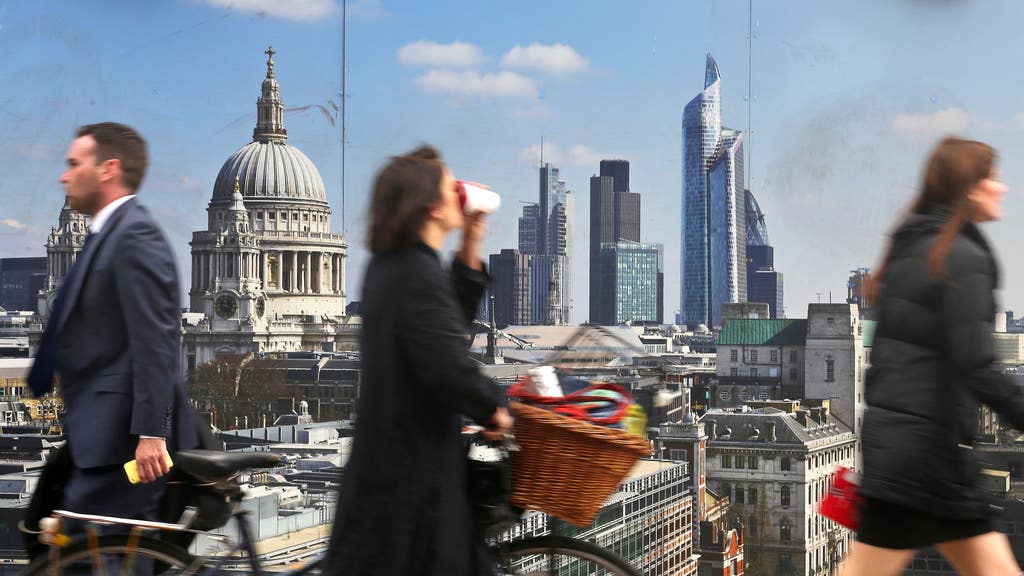
Basic pay in Britain grew more quickly again in the last three months of 2022, underscoring the Bank of England’s worries about inflationary heat in the economy, but other data published on Tuesday suggested a cooling in the labour market.
Despite being on the brink of recession, Britain’s jobless rate held close to five-decade lows and employment grew.
Pay excluding bonuses rose by 6.7%, its fastest growth since records began in 2001 apart from during the coronavirus pandemic when changes in incomes were distorted by furloughs of workers.
Total pay grew by an annual 5.9% in the October-to-December period, the slowest rise since the three months to July last year, but that largely reflected unusually high growth in bonuses in late 2021, the Office for National Statistics said.
Economists polled by Reuters had expected the ex-bonuses measure to increase by 6.5% and total pay to rise by 6.2%.
The pace of pay growth in Britain is being monitored by the BoE as it gauges how much higher to raise interest rates, having increased borrowing costs 10 times in a row since December 2021. It has signalled that run might be close to an end.
Sterling rose against the U.S. dollar and the euro immediately after the data before easing back. Investors increased slightly their bets on the BoE raising interest rates by another quarter of a percentage point in March.
Ashley Webb, an economist with Capital Economics, said the labour market was likely to cool but Tuesday’s data suggested it would maintain the inflationary heat in the economy for some months yet.
“And with activity ending last year a bit stronger than the Bank had expected, we think the Bank of England may have one or two more rate hikes in the pipeline,” Webb said.
Despite the higher-than-usual pace of pay growth, workers are seeing their incomes eroded by an inflation rate that remains above 10%.
UNEMPLOYMENT STAYS LOW
Total pay, adjusted for the consumer price index which is targeted by the BoE, fell by 4.3% in the last three months of 2022 compared with the same period in 2021, the biggest fall since early 2009.
The unemployment rate held at 3.7% in the three months to December, in line with the Reuters poll and not far above its lowest level in almost 50 years.
But there were signs of further weakening in the labour market.
Vacancies in the November-to-January period fell for a seventh time in a row, down by 76,000 to 1.134 million.
And the economic inactivity rate – or the share of people not in work and not looking for it – fell in the three months to December to 21.4%, 0.3 percentage points lower than the previous three-month period.
The ONS said there was a record flow of people moving out of economic inactivity during the October-to-December period as increasing numbers returned to work, potentially easing one of the BoE’s concerns about the labour market.
British finance minister Jeremy Hunt is working on measures to boost the activity rate ahead of his annual budget statement to parliament on March 15.
The ONS said redundancies edged up while a ratio of unemployed people to vacancies at the end of 2022 ticked up to 1.1 although it was lower than pre-pandemic levels of about 1.6.
(Reporting by William Schomberg and Sachin Ravikumar; Editing by Kate Holton)